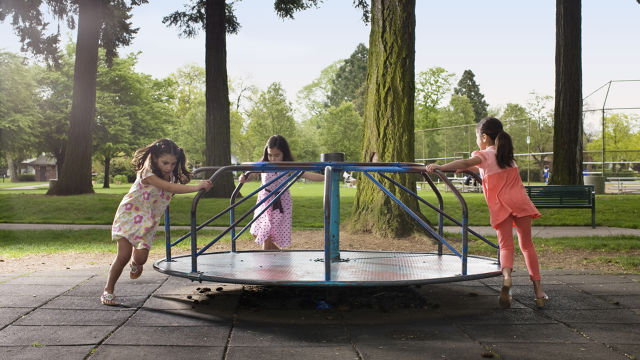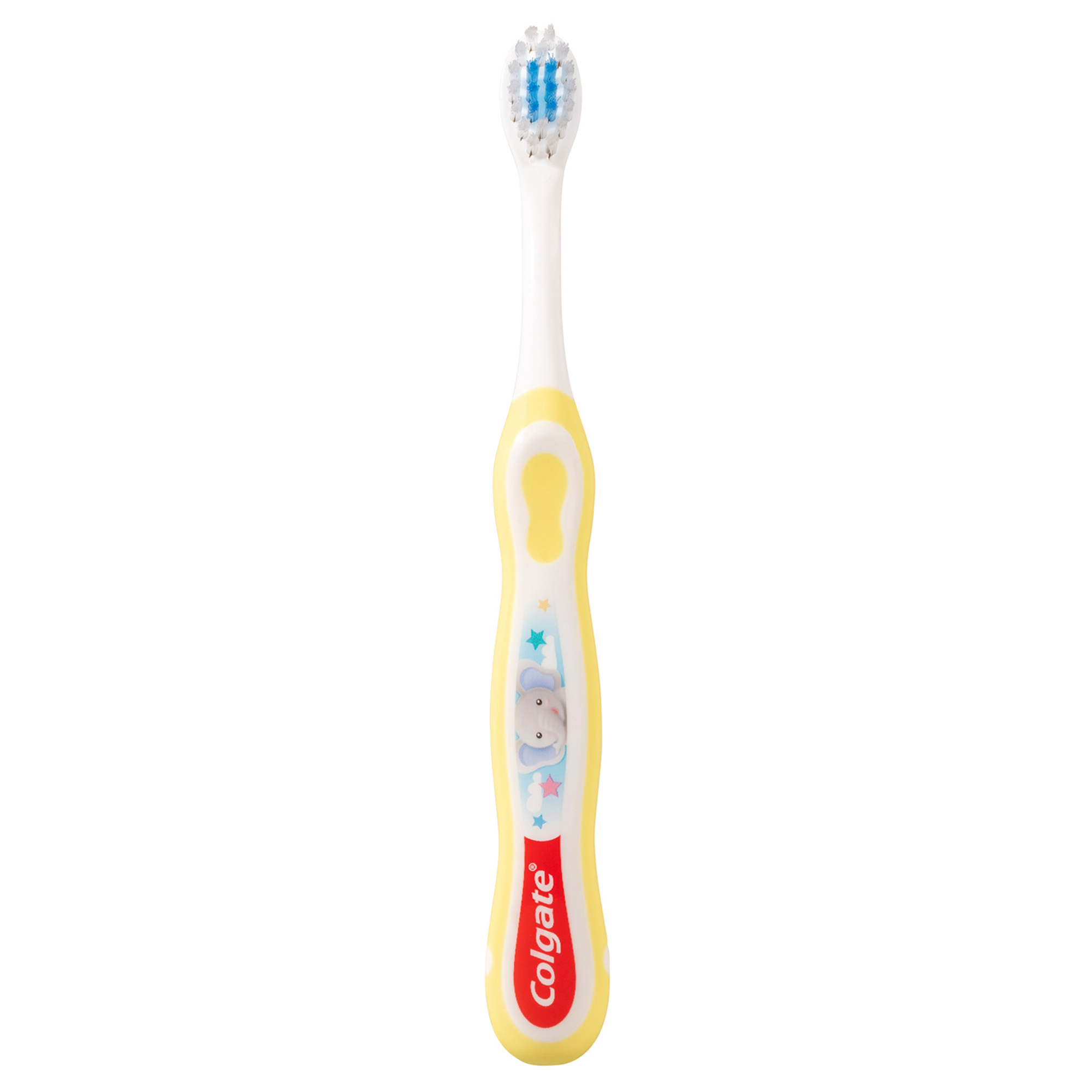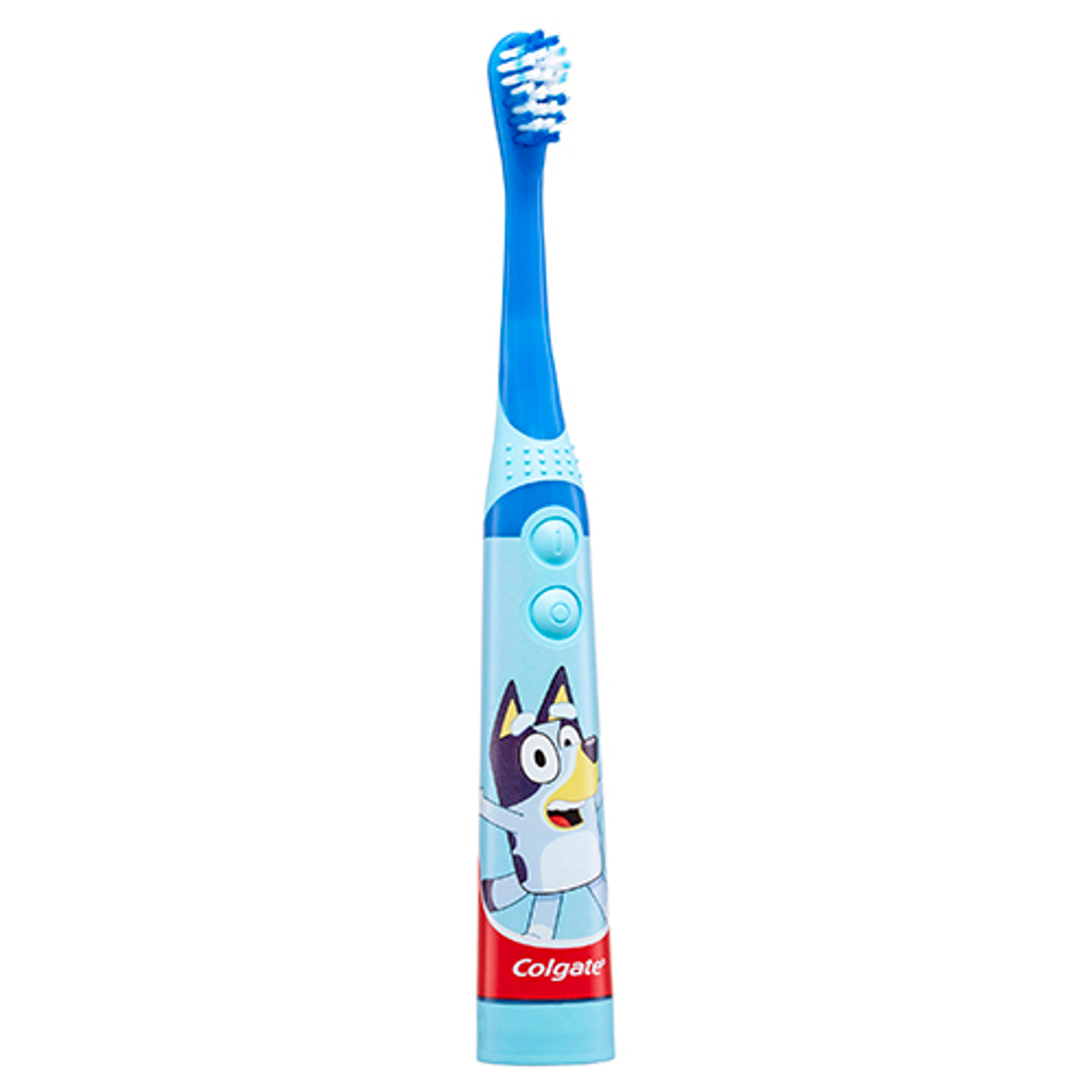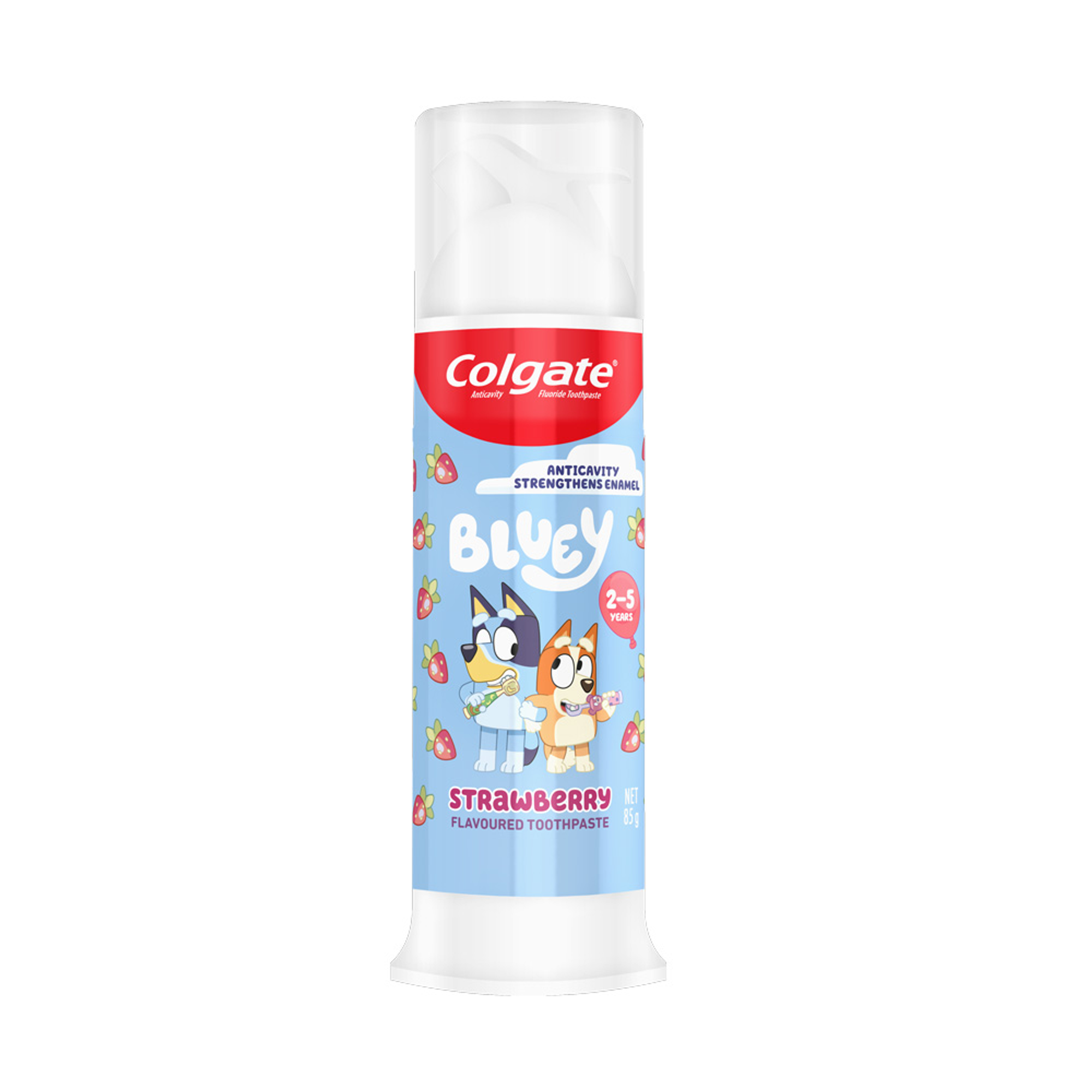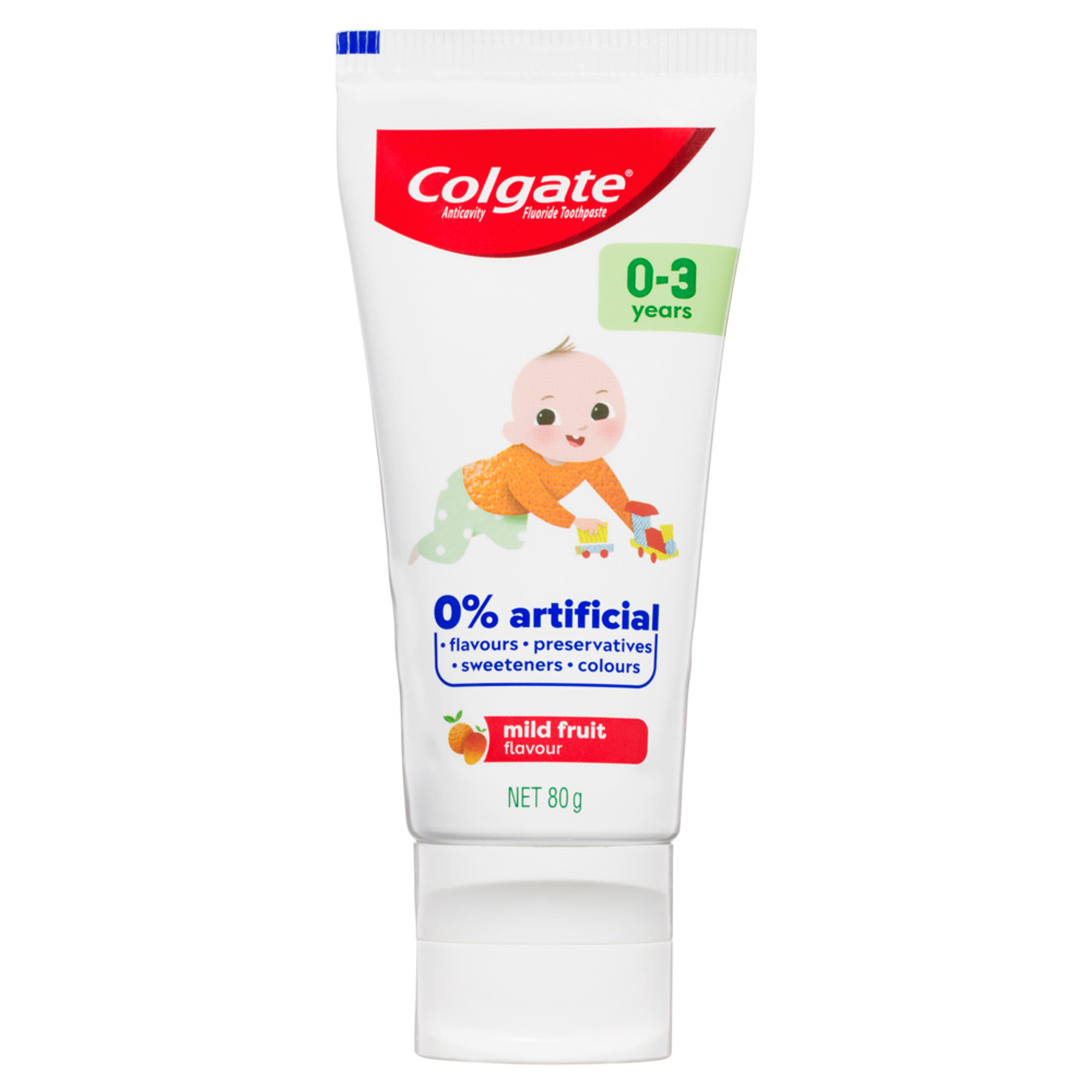-
-

BRUSHING & FLOSSING
How to BrushWhat Is the Right Way to Brush?
Proper brushing takes at least two minutes — that's right, 120 seconds!...

BRUSHING & FLOSSING
How To FlossWhat is the Right Way to Floss?
Proper flossing removes plaque and food particles in places where a toothbrush cannot easily reach... -
Science & Innovation
- Colgate® | Toothpaste, Toothbrushes & Oral Care Resources
- Oral Health
- Healthy Kids’ Teeth: Laying The Foundation For Lifelong Oral Health


According to Health Direct, over half of Australian children have some level of decay in their teeth by the age of six. This is often seen as an inevitable part of childhood, but while many children enjoy sweet treats, not every child will develop cavities in their baby teeth. You might be wondering how these super-parents make it through the early years cavity-free, especially if your little one has a sweet tooth! If so, you’ll be relieved to know that there are lots of simple, stress-free ways you can help your child to keep their baby teeth healthy.
Scheduling Your Baby’s First Dentist Visit
It’s never too early to start preventing childhood cavities. The Australian Dental Association (ADA) recommends scheduling your child’s first dental appointment as soon as the first tooth appears, or by their first birthday at the latest. Your dentist will be able to check that your baby’s teeth are developing as they should and pick up on any signs that they are at risk of cavities. This is also a great opportunity for you to pick up valuable oral health care tips, such as proper brushing technique for little teeth and gums.
Using Fluoride For Strong Teeth
On a daily basis, acid from bacteria depletes the minerals in the teeth and starts to break down their protective hard tissues, such as enamel. Fluoride is one of our natural defenses against this process, helping to ‘re-mineralise’ and strengthen the teeth. If we don’t have enough fluoride or other minerals to replace those we’ve lost, cavities will start to form.
It can be difficult to get enough natural fluoride to maintain this delicate balance, especially for children. Australian drinking water is supplemented with fluoride in most areas and it is recommended that children use fluoridated toothpaste. Your dentist may recommend giving your child an extra helping hand by using a fluoride mouth rinse or by applying a fluoride varnish.
Note that while the New Zealand Ministry of Health recommends using a 1000 ppm fluoride toothpaste for children as soon as the first teeth erupt, the ADA does not recommend using toothpaste at all for children under 18 months. For children under six, the ADA says that fluoride products should contain no more than 500 ppm, and for children over six, products should have 1000-1500 ppm. Teaching Good Oral Health Habits For Life Baby teeth start to fall out at around six or seven years old and are replaced by the permanent teeth. These second teeth have been sitting under the gumline waiting to come through, and they can actually be affected by decay in the baby teeth, too. Even though the baby teeth only last a few precious years, the good habits you teach your little one during this time can lay the foundations for a lifetime of good oral health. You can model positive actions for your child by brushing and flossing together in the morning, for example, or making his or her oral hygiene routine into a fun game. By the time those healthy permanent teeth come through, you and your child will really have something to smile about!
This article is intended to promote understanding of and knowledge about general oral health topics. It is not intended to be a substitute for professional advice, diagnosis or treatment. Always seek the advice of your dentist or other qualified healthcare provider with any questions you may have regarding a medical condition or treatment.
Related Products

Helping dental professionals
More professionals across the world trust Colgate. Find resources, products, and information to give your patients a healthier future






